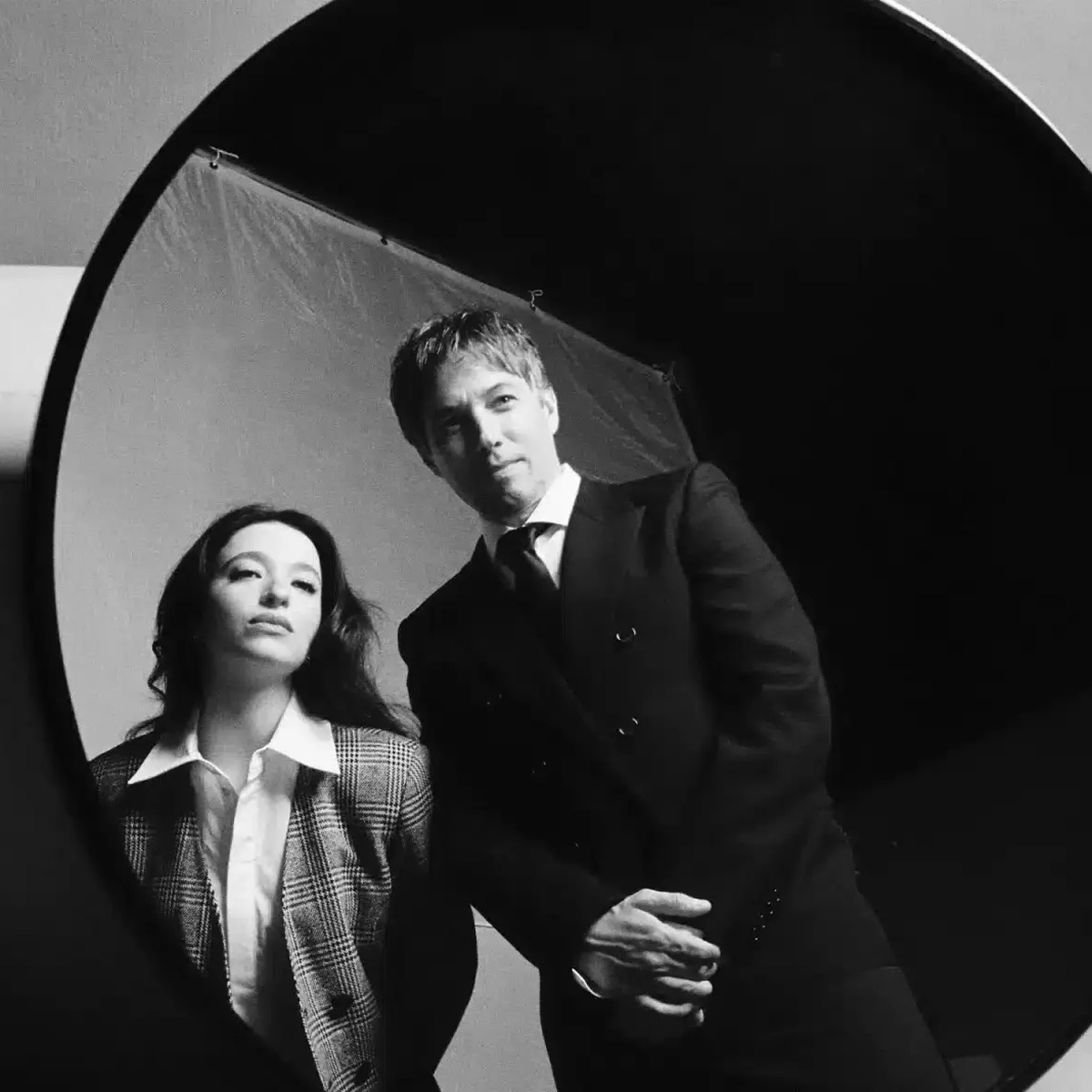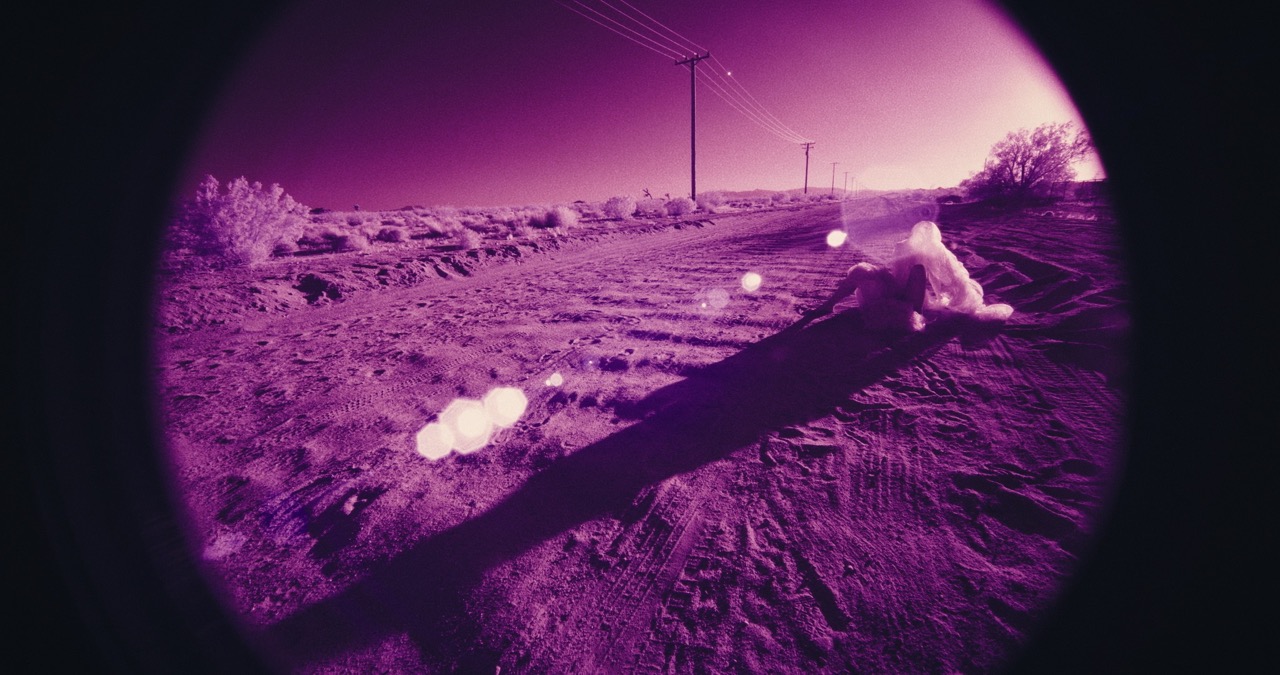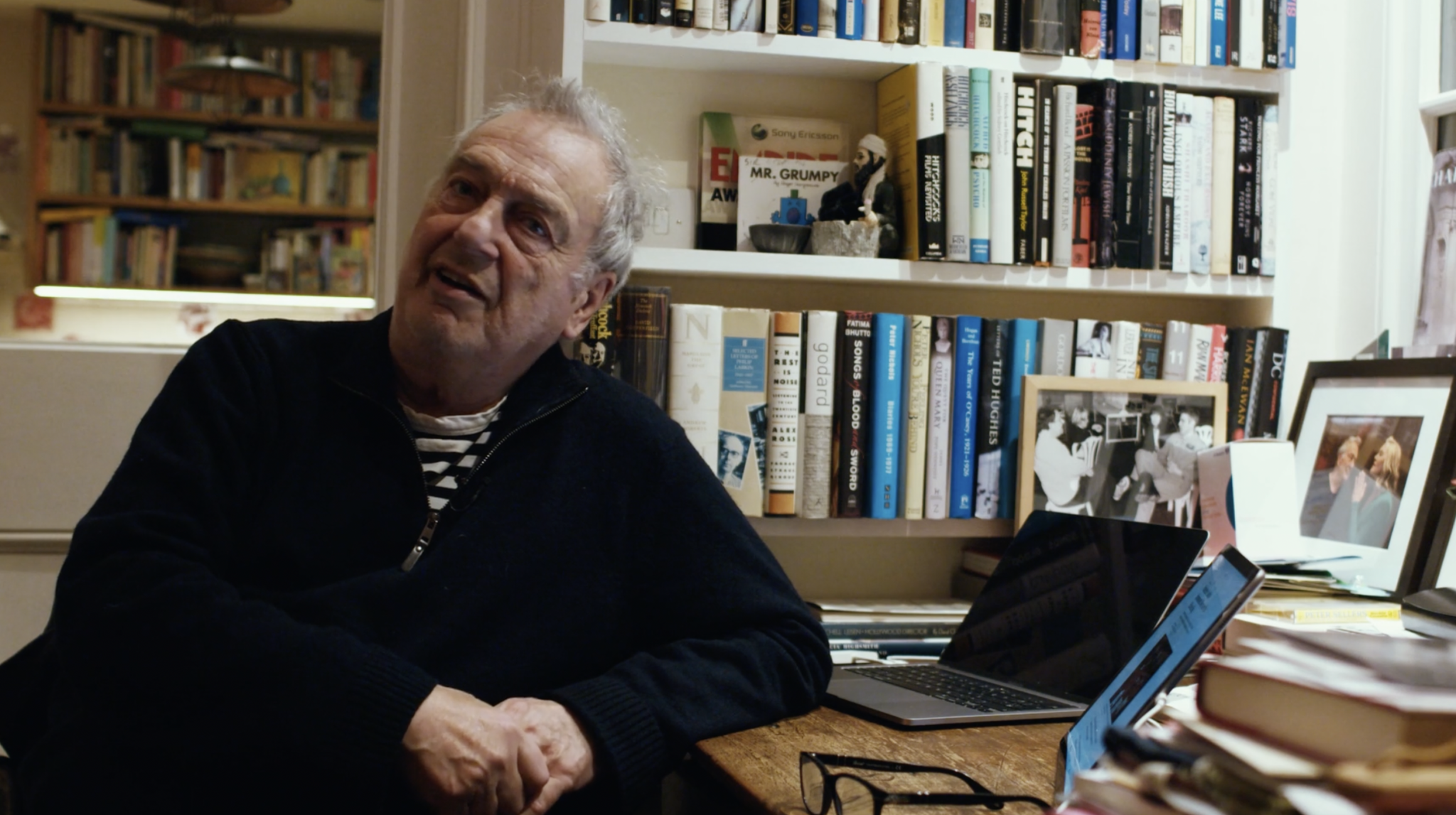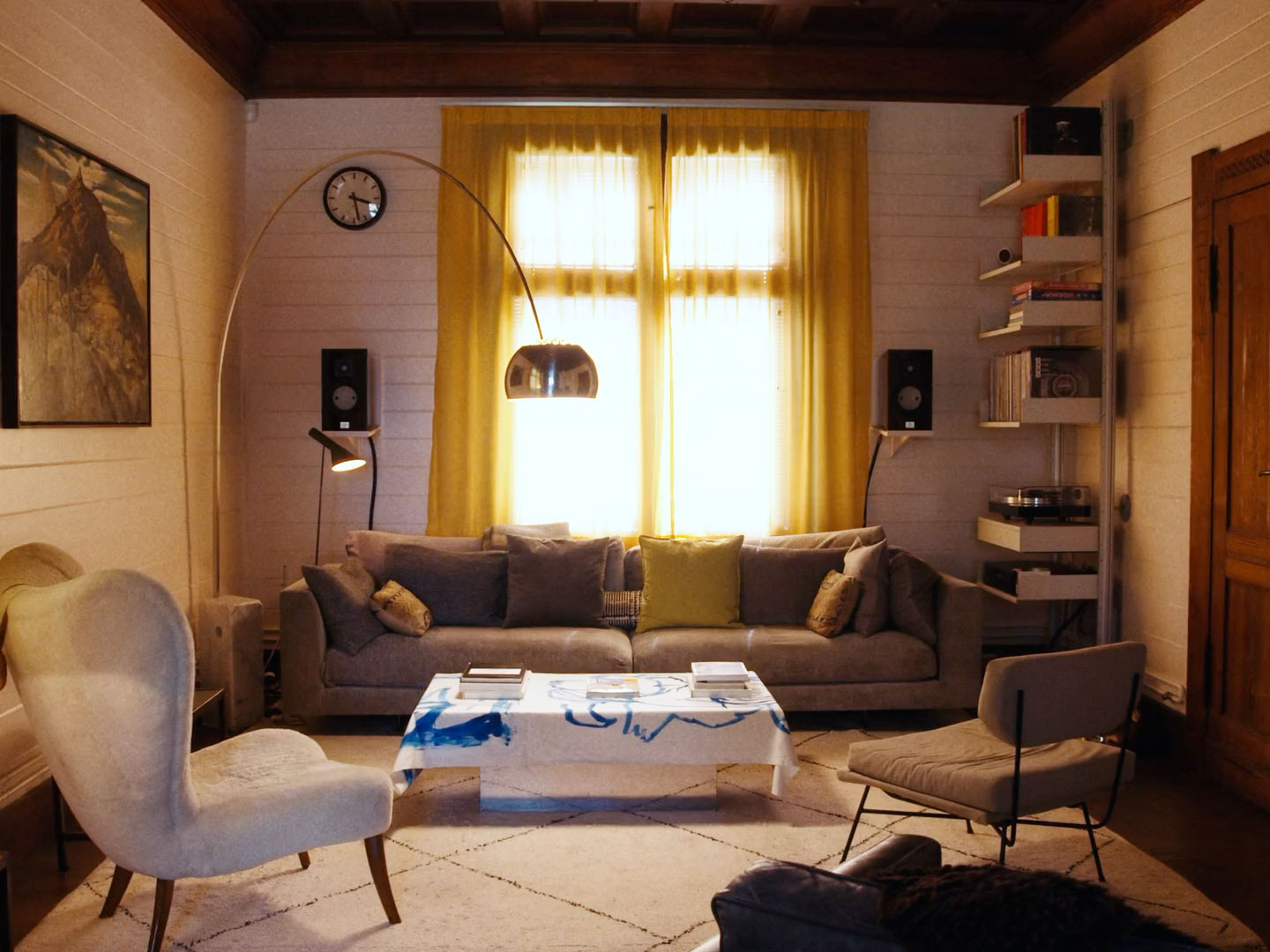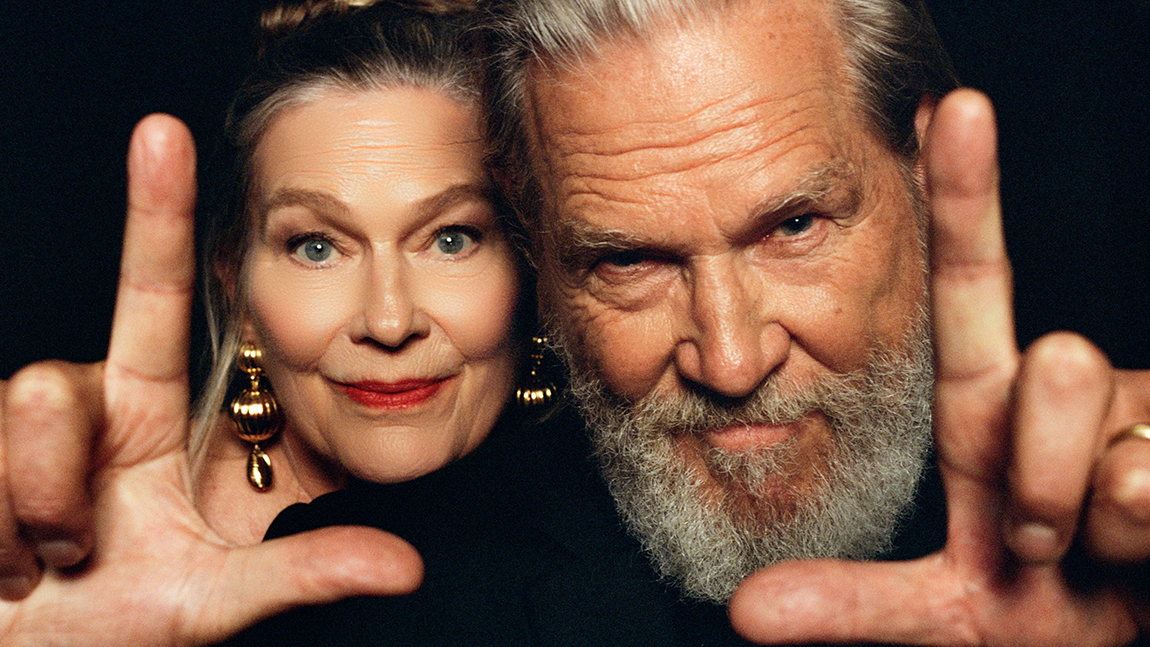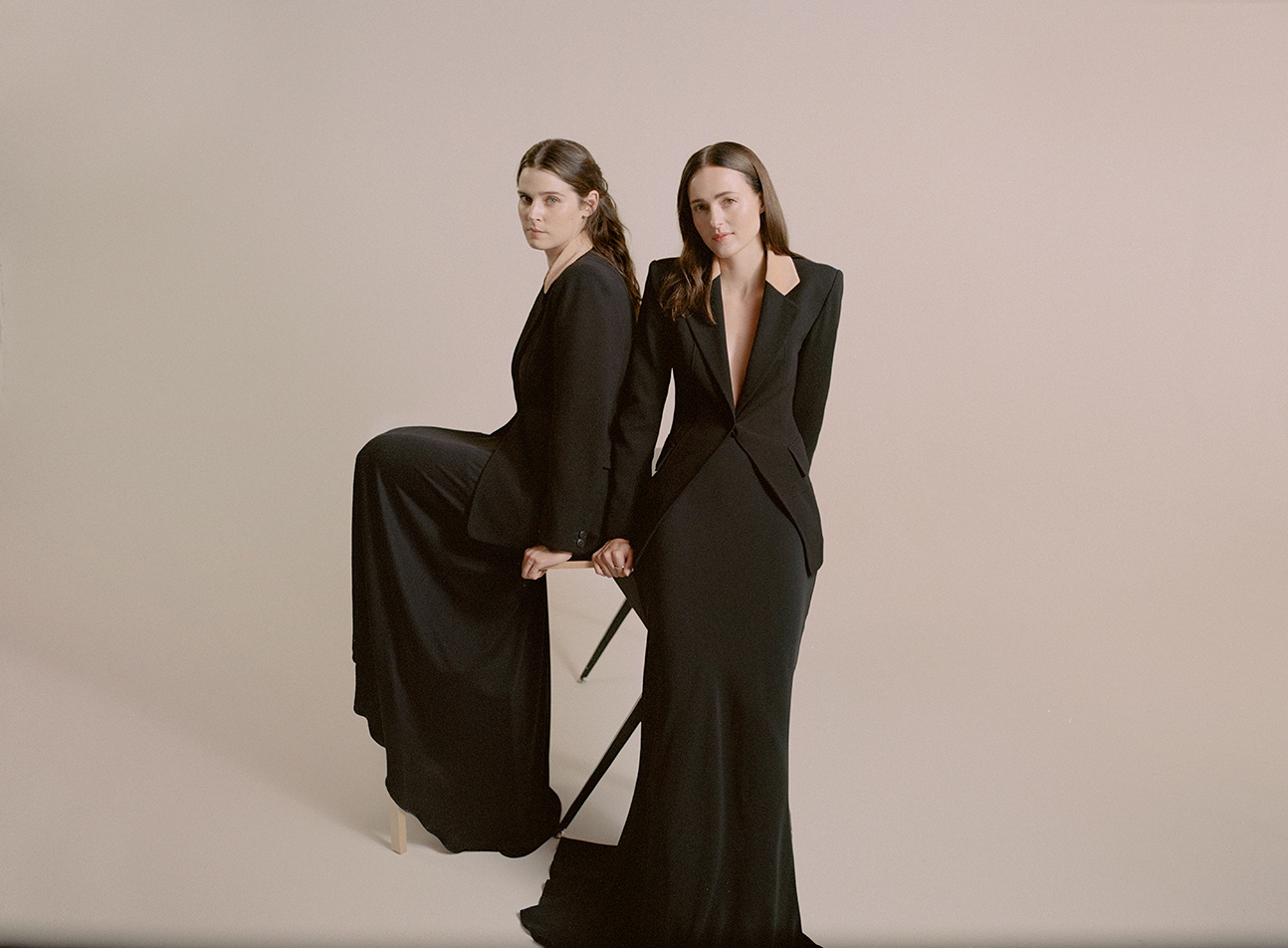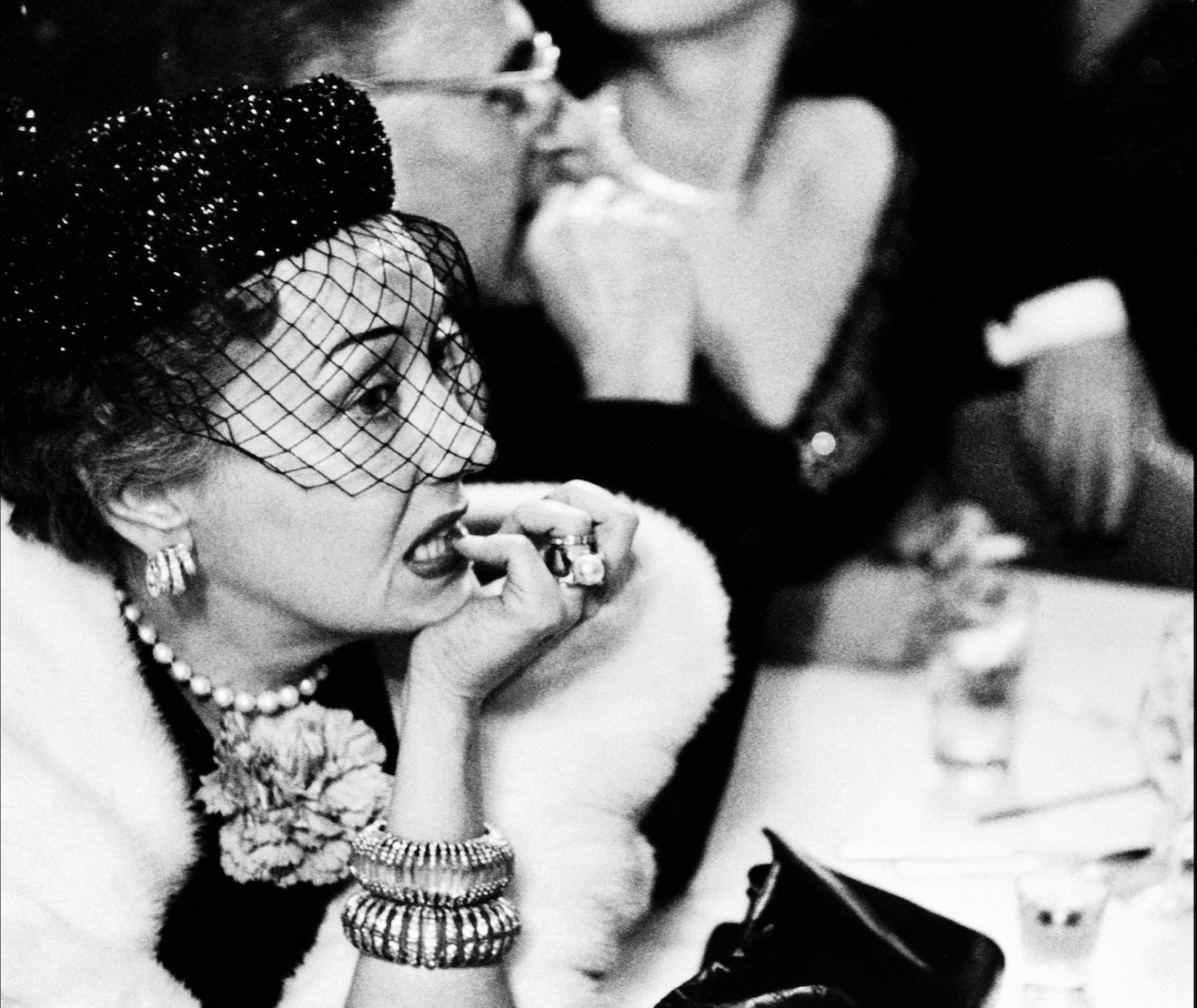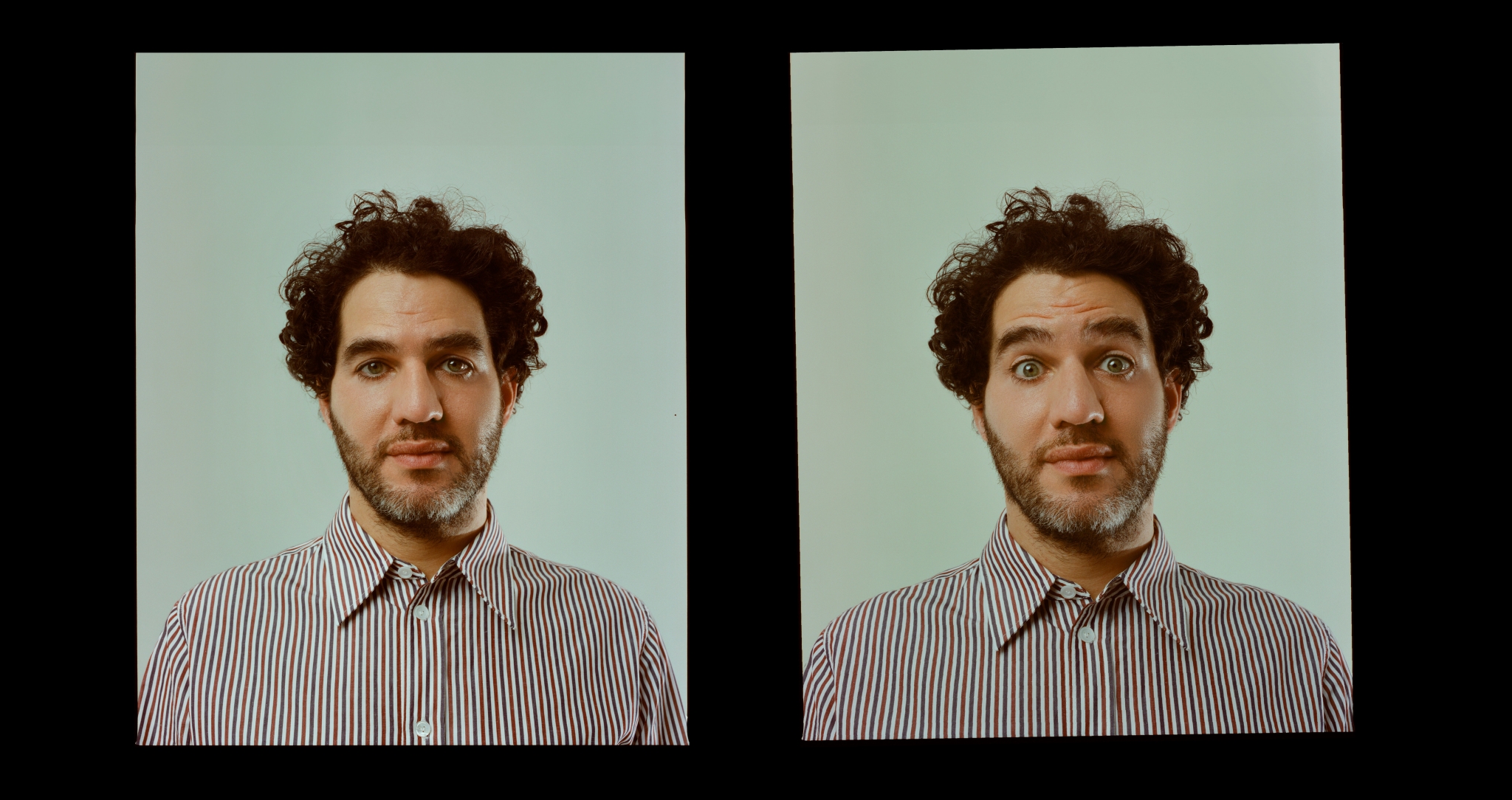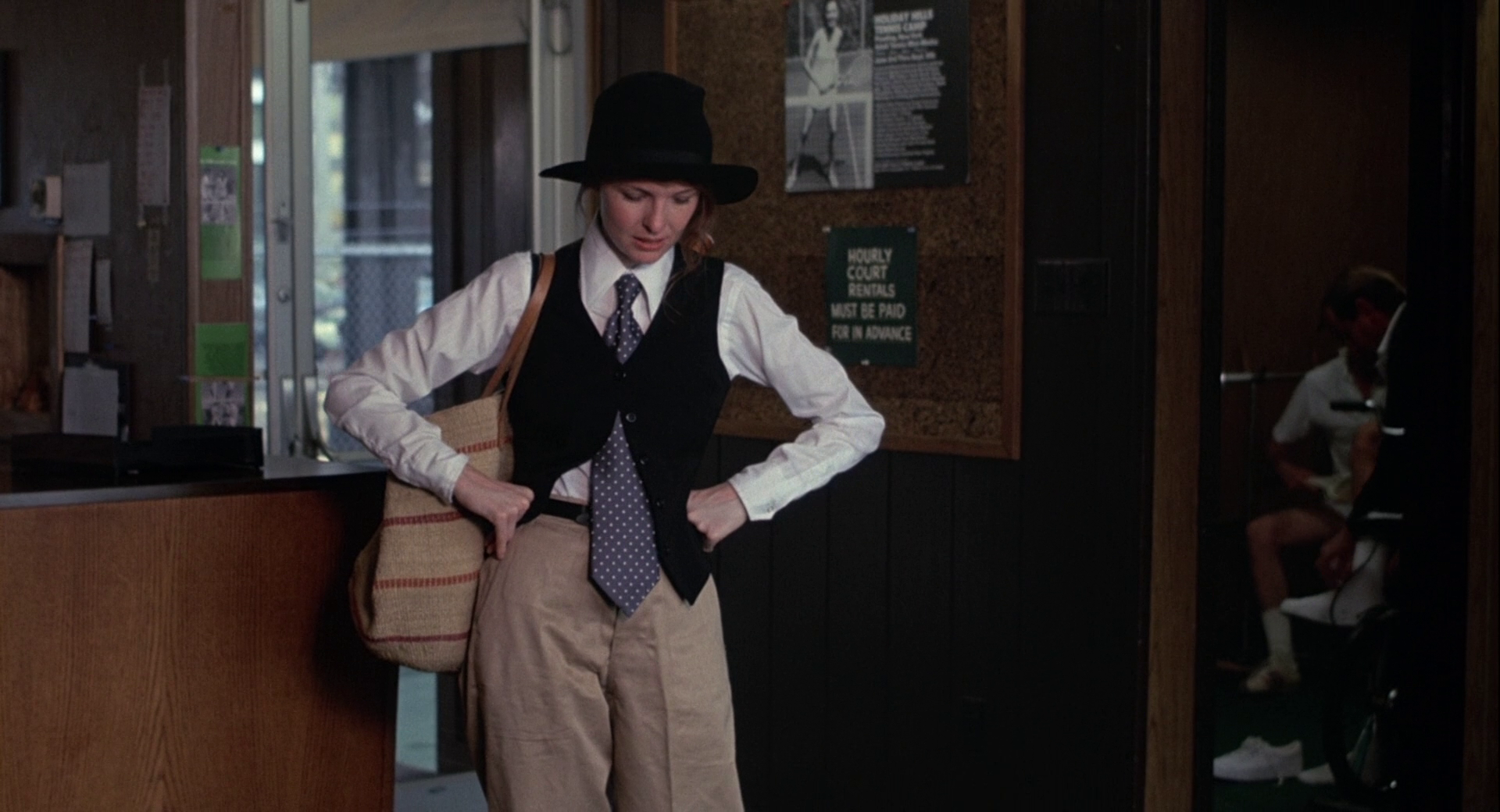

As Hollywood says goodbye to one of the all-time greats, Diane Keaton, essayist Emma Firth explores how the actress’s singular style and charming spirit has shaped her and generations of women.
I like to think that everyone has their person. Part role model, part mirror, part medicine. The sweetest of fandoms. Not romantic in the traditional sense of that word, but romantic nevertheless. The kind of person that lifts you out of a funk with their infectious warmth and whimsy, who makes you want to sing, dance, say all the seemingly silly thoughts in your head out loud, scream, cry, get up, get dressed, savour all that life throws up that little bit more. For me, that person will forever be Diane Keaton.
The announcement of her passing over the weekend, aged 79, weighed heavy on my heart. My impossibly cool and slightly eccentric guidance councillor that I sought endless comfort from. The north star for neurotic girls everywhere.
My first cinematic encounter with Keaton, like many of us, was when I watched her in Annie Hall (her forth film with collaborator Woody Allen, who she had an on-and-off relationship in the late 1960s and early 70s) for the first time. I must have been around 17, in the waiting room of my adult life. Bored at home one day, I discovered it buried in my parents chaotic ‘DVD cupboard’ (simpler times).
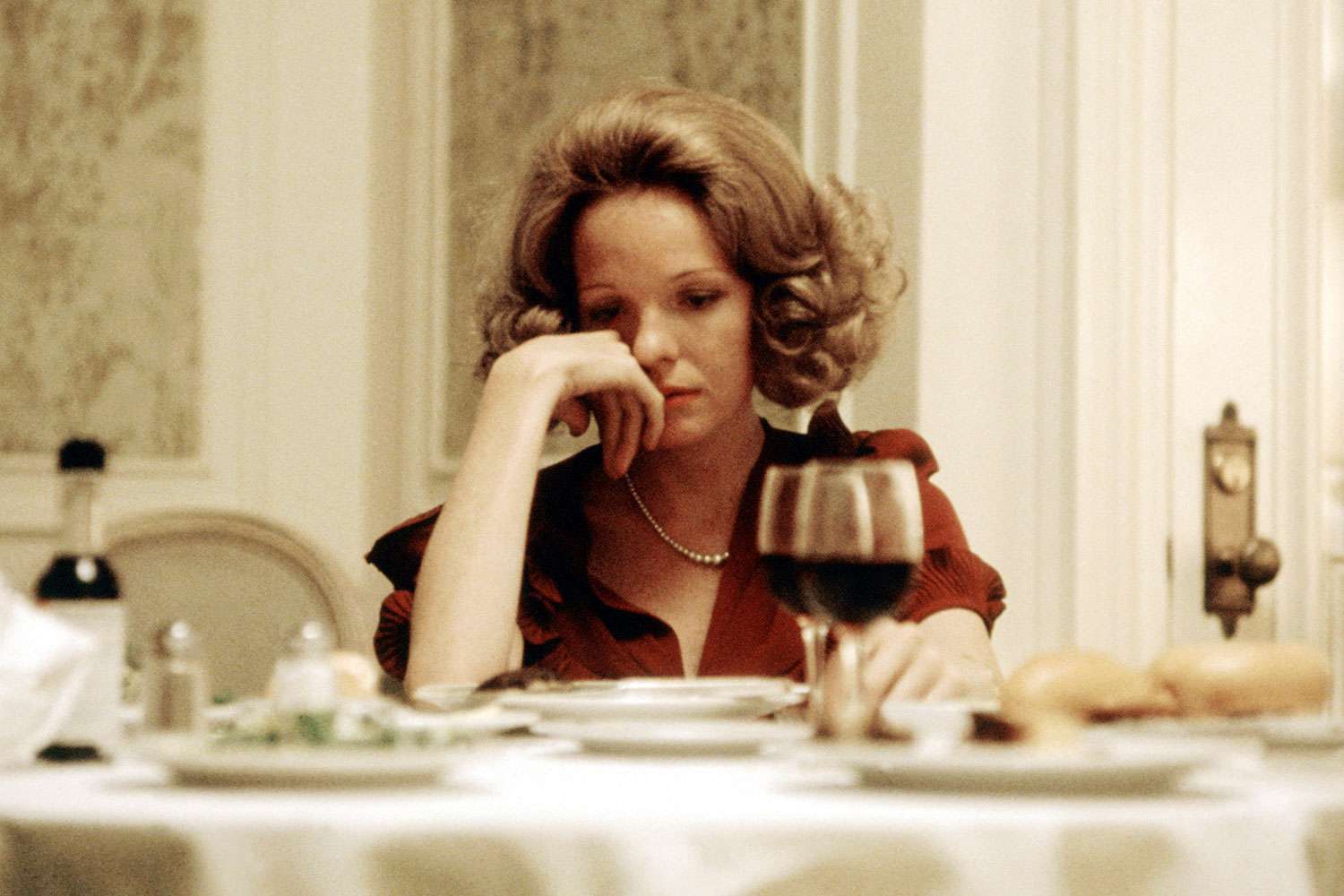
Diane Keaton in The Godfather (1972)
It was the movie that kickstarted my love affair with vintage suits, ties, bowler hats, waistcoats (the outfits she wore, now known simply as the ‘Annie Hall look’, were mostly clothes taken from Keaton’s own closet). It was style that really had something to say. A character in and of itself. Later, she would credit her mother’s influence, taking her to Goodwill stores to thrift when she was younger, encouraging her to express herself through her wardrobe. Above all, it was the movie that made me fall in love with Diane Keaton, her spirit. Annie Hall was written specifically for Keaton (in fact, she was born Diane Hall but changed it to Diane Keaton, her mother’s maiden name, later on as another actress already went by her birth name).
In later interviews, she says she played “an idealized version” of herself in the film. It’s impossible not to smile at her attempts to cover up her embarrassment when first greeting Alvy Singer after a tennis match.
“Oh, God, whatta dumb thing to say, right? I mean, you say it, “You play well,” and then right away I have to say “you play well”. Oh, oh, God, Annie. Well, oh well, la-de-da, la-de-da, la-la…”
She was, as Meryl Streep said, a “transparent woman.” In an age where we are taught to grow thicker skin, here was a woman who did the opposite. Who layed it all on the table, a smorgasbord of emotional exposure. She was genuinely so funny, so sweet, a beautiful singer who had a penchant for sad songs (“I have this love of it,” she said, “it’s just so much fun!”), kind, a defender of good, a lover of stream of consciousness, someone who threw herself at love and all the heartbreak that potentially lay ahead.
She was, as Meryl Streep said, a “transparent woman.”
Emma Firth
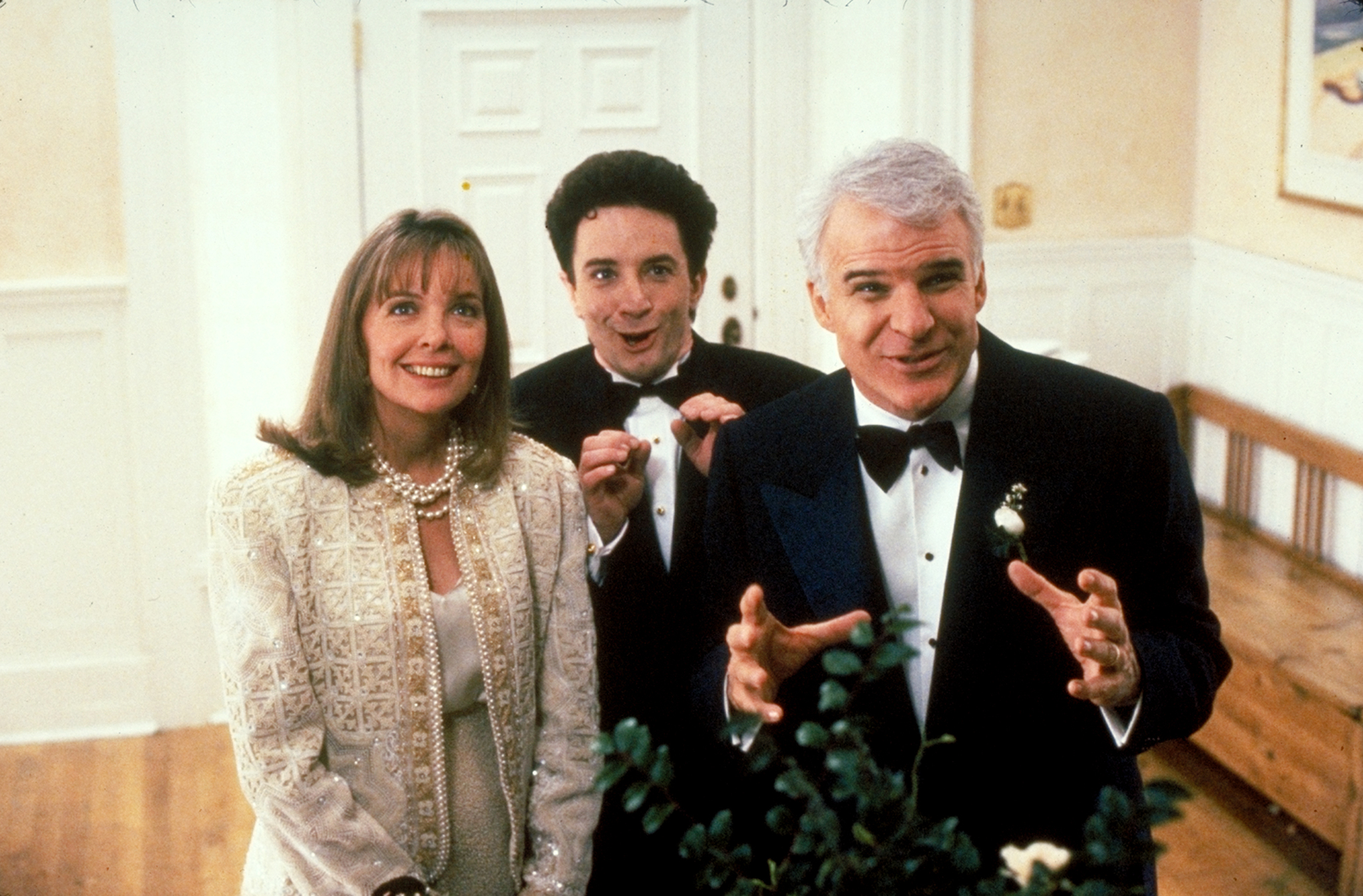
The Father of The Bride (1991)
Her 1978 Oscar acceptance speech is Keaton-personified: excited, almost love-struck. “Well then, this is terrific,” she begins, before bursts of nervous laughter (she had the best laugh). Her tendency to get embarrassed I think only made her more endearing. She was awake to her anxieties, yes, whilst also shying away from them in the same sentence. As the novelist Penelope Gilliatt wrote in a 1978 New Yorker profile of her, “sometimes she will leap into a sudden attempt to explain her own habit of apologizing, at the same time sheltering behind a Scotch terrier’s growth of fringe over her forehead; she uses it, perhaps, as some women use dark glasses.”
Every time I rewatch a Diane Keaton film it reveals something new. People will all have their personal favourites, of course. For some, it’s her turn as Kay in The Godfather, a role for which she was paid just $6,000 (“I was delighted to get it,” she told The New York Times in 1972, “After all, who am I?”), for others, it’s her much-loved performance as Nina in the 90s classic, Father of The Bride, or Louise Bryant in Reds, or the Oscar-nominated coming-of-age drama Marvin’s Room, opposite Meryl Streep and Leonardo DiCaprio.
I urge you to spend this week watching two films she made with the queen of romantic comedies, Nancy Meyers. First is Baby Boom. The plot is true to 80s form—high-powered single businesswoman discovers her long-lost cousin who died has left her baby for her to inherit — with a heavy dose of Keaton magic. Then, decades apart, there’s the completely lovely Something’s Gotta Give, featuring her electric performance as a divorced playwright who falls unexpectedly in love with her daughter’s older boyfriend (Jack Nicholson), earning her Best Actress at the Golden Globes. It’s a romantic comedy that rarely gets made, with the two lead stars having a combined age of 125 years. She has said it’s one of her favourite films she ever made.
Something’s Gotta Give shows Keaton off in every single spectacular light — her humour, her courage, her sheer heart-on-her-sleeves tenderness. It is a story about love, a story she never grew tired of. “We can’t save the past or solve the riddle of love,” Keaton wrote in her memoir Then Again. “But to me, it’s worth trying.”
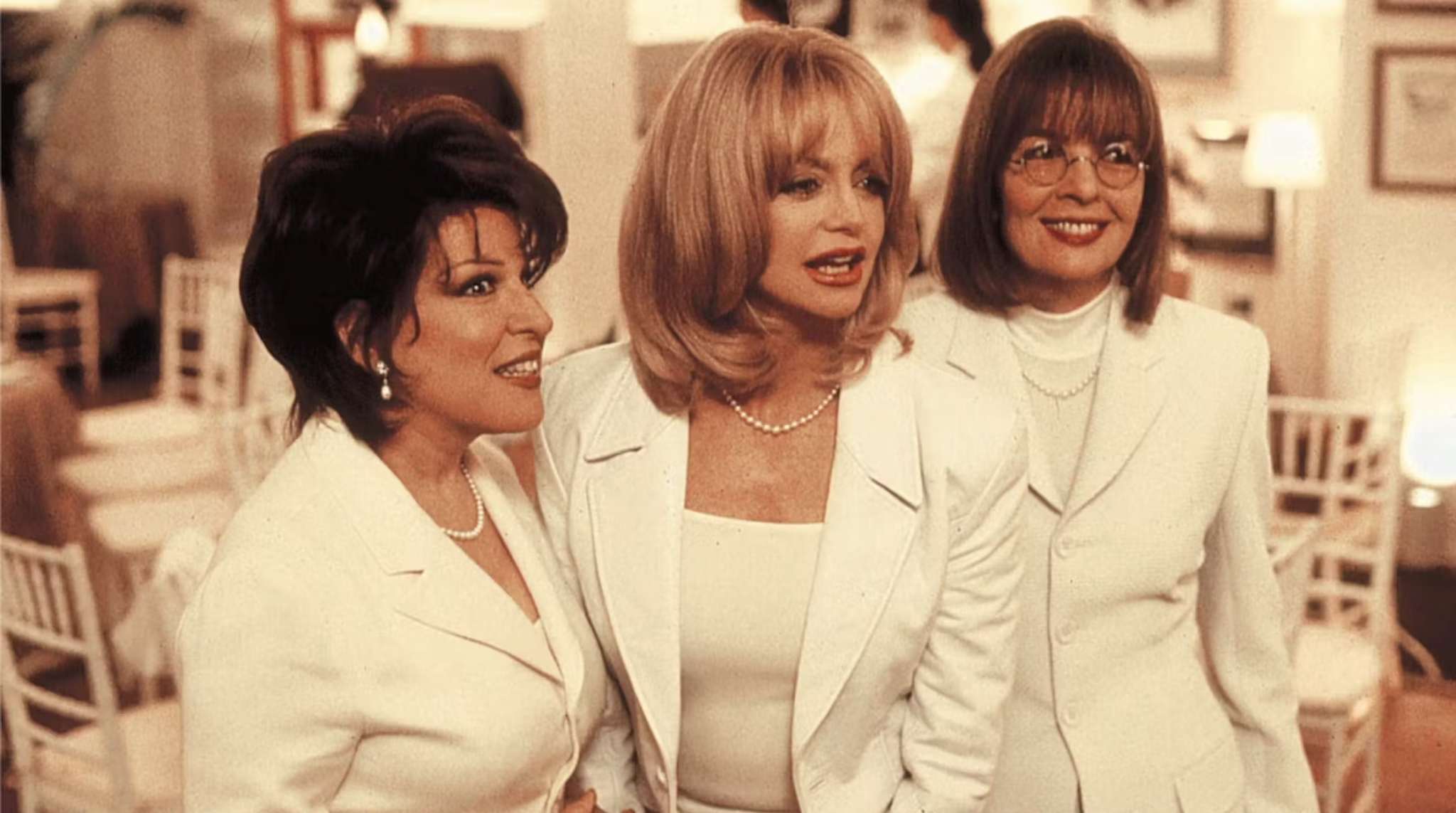
The First Wives Club (1996)
“Slowing down isn’t something I relate to at all. The goal is to continue in good and bad, all of it. To continue to express myself, particularly. To feel the world. To explore. To be with people. To take things far. To risk. To love. I just want to know more and see more.”
Diane Keaton
“I never understood the idea that you’re supposed to mellow as you get older,” Keaton once shared, then approaching her 70th decade. “Slowing down isn’t something I relate to at all. The goal is to continue in good and bad, all of it. To continue to express myself, particularly. To feel the world. To explore. To be with people. To take things far. To risk. To love. I just want to know more and see more.”
Today, I keep coming back to this perfect scene in The First Wives Club, alongside her co-stars Goldie Hawn and Bette Midler.
Bette M: I hope none of us ever change, I hope we stay the same…tired and happy.
Goldie H: And maybe a little bit brave.
Bette M: Brave? Oh, you mean brave [turning to Keaton]
Diane K: Like, what do you mean? No, I’m out!
Bette encourages her, mouthing the opening lines to Lesley Gore’s You Don’t Own Me, with Keaton initially refusing to join in. A few seconds later she’s up on her feet, centre stage, staring straight down the camera lens. Then she starts to sing.

